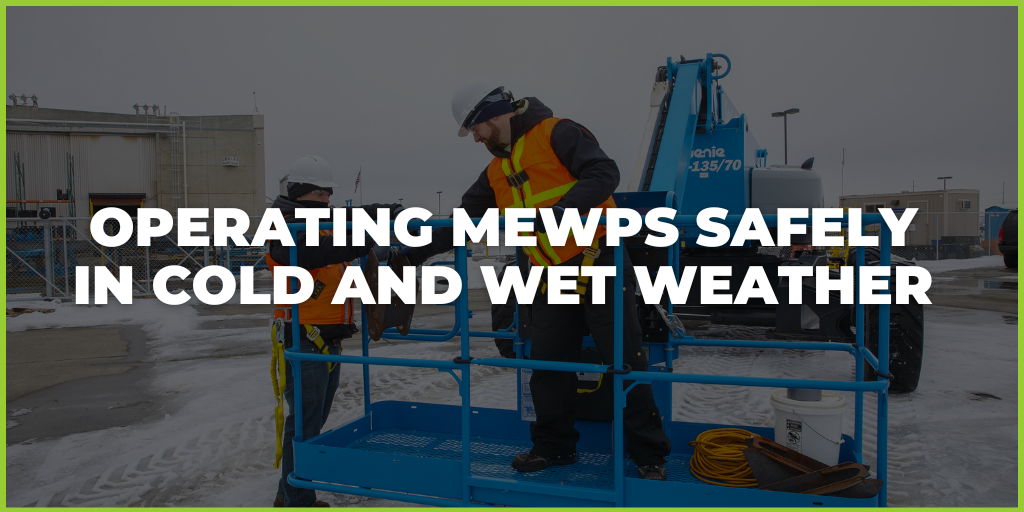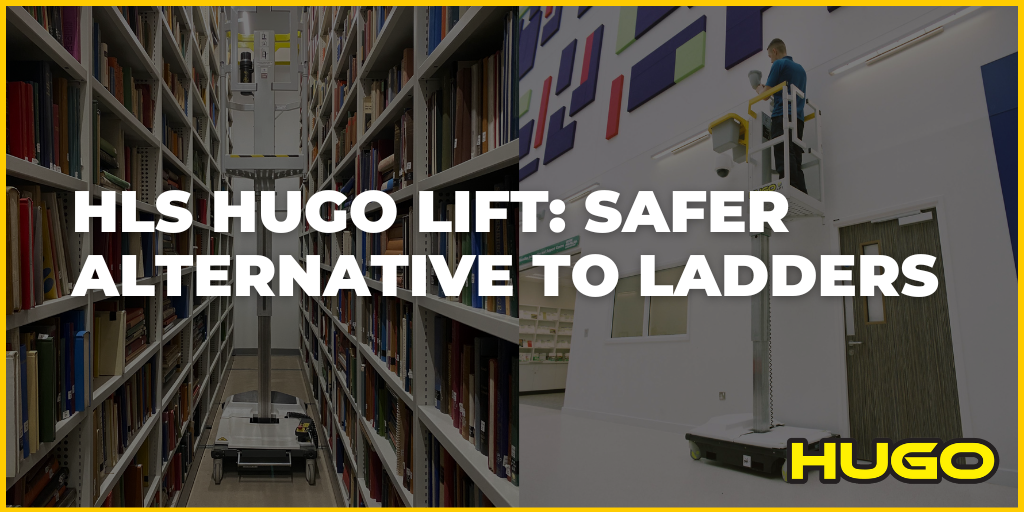Working at height can be dangerous – exactly how dangerous will depend on what health and safety precautions you have in place.
While businesses have done much to improve matters, managing risk is part and parcel of the working day. Approximately 50 people die from a fatal work at height accident each year and almost 9,000 people suffer an injury according to Unison. Fines can be as high as £2 million if you are found to have inadequate safeguards.
In many cases, these accidents could have been avoided with a few basic precautions.
So, what are the basic mistakes companies are making and how can they be avoided?
Ladders and Step Ladders
Common equipment such as ladders can be all too easy to forget about, but this is something you need to get right. Aside from anything else, you must be able to produce a comprehensive record of inspection for your ladders when required.
Some of the most common mistakes tend to be the most basic, such as failing to maintain the ladder, fix it securely or placing it at the right angle. So here are a few key principles to remember.
- Never use the top three rungs
- The ideal angle for the ladder is around 75o
- Tie it firmly to a fixed anchor point
Always ensure the ladder is in good condition. Check the rungs to see if they are bent or worn out. If you’re using a step ladder, have a look at the platform – if it is damaged, the ladder is likely to collapse.
Download our toolkit for ladders and step ladders
The 7-page guide, created by our top experts includes everything you need to know to ensure you’re compliant and safe when working from steps and ladders.
Dangerous Conditions and Non-Routine Tasks
While some processes may work most of the time, they may not be adequate for all conditions. For example, what if the weather is wet or icy, and what if the roof is made from a fragile material? When working on a typical roof, a basic harness may be more than enough to ensure your safety, but what if the roof is particularly fragile?
As a responsible employer, you are expected to adjust your safety protocols to account for dangerous conditions and non-routine tasks. This starts with running a comprehensive risk assessment. Work out what could go wrong and what measures you can take to mitigate the risk. Document these clearly to demonstrate that you have taken all reasonable precautions.
>>>Read how a company was fined after worker fell through a fragile floor due to lack of control measures for a non-routine task in our HSE fines and prosecutions September round up.
Lack of training
Poor training can be disastrous which is why human error is one of the main causes of accidents in the workplace.
The big mistake that many companies make is to rely on non-expert training. They name an employee as the designated person with responsibility for health and safety and take it from there.
A dedicated training program by a qualified work at height training provider is required to safeguard employees and the business. Read more about the types of work at height training in our introduction to work at height training blog.
>>>Read how a word of mouth training regime led to warehouse worker’s 14 m fall in our HSE fines and prosecutions September round up.
Supervision and Emergency Planning
All work at height should be properly supervised and staff should be given the right equipment. It can be tempting for some companies to cut corners and use less expensive equipment, but a little money saved here could put you in the firing line for a big fine later.
When things go wrong…
For all your efforts, you can’t avoid all the dangers of working at height. It is, by its very nature, dangerous and unpredictable, which means accidents may happen. What matters, when it comes to determining responsibility, is whether you have done everything you can to reduce the risk.
A key part of this is the emergency plan for when something does go wrong. Any health and safety plan for working at a height must include an emergency plan to ensure that, if an employee does have an accident, you can get them the help they need.
Ask yourself these questions: how should employees respond to the emergency? Who will call the ambulance, and do you have a member of staff who can provide emergency help on site? Work will need to be stopped and you may have to evacuate the site.
All these issues will be crucial to how you react in the event of the emergency. In some cases, it could even be a matter of life or death.
Take a look at our work at height resources page. This features guides, checklists and tips that will equip you with the knowledge you need to consider work at height risks and rescue planning.
Download resources including our 30 page working at height expert guide. This guide is designed to provide advice on how to minimise risk and ensure compliance and includes:
- How to assess work at heightso that the proper procedures are followed
- What you must do to meet your specific legal duties
- Vital safety checks your employees need to makebefore carrying out work at height
- How to develop a rescue plan





